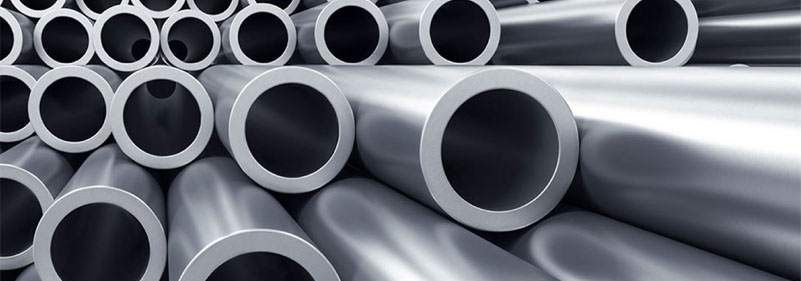UNS N02201, UNS N02200, Nickel Alloy Steel Pipe/Tube, Flanges, Fittings
Chemical composition
| % | Ni | Fe | C | Mn | Si | S | Cu |
| min | 99.0 | ||||||
| max | 0.40 | 0.15 | 0.35 | 0.35 | 0.010 | 0.25 |
Physical properties
| Density | 8.89 g/cm3 |
| Melting range | 1435-1446℃ |
Features: Nickel 200 is commercially pure wrought nickel. It is highly resistant to various reducing chemicals. It can also be used in oxidizing conditions that cause the formation of a passive oxide film, for instance its unexcelled resistance to caustic alkalis. Nickel 200 is limited to service at temperatures below 315℃, because at higher temperatures it suffers from graphitization which results in severely compromised properties. In that circumstance, Nickel 201 is used instead. It has a high Curie temperature and good magnetostrictive properties. Its thermal and electrical conductivities are higher than nickel alloys.
Applications: Useful for applications where maintaining product purity is considered such as handling of caustic alkalis, foods and synthetic fibers; electrical and electronic parts; aerospace and missile components; and chemical storage and shipping tanks.
Chemical composition
| % | Ni | Fe | C | Mn | Si | S | Cu |
| min | 99.0 | ||||||
| max | 0.40 | 0.020 | 0.35 | 0.35 | 0.010 | 0.25 |
Physical properties
| Density | 8.89 g/cm3 |
| Melting range | 1435-1446℃ |
Features: Nickel 201 is the low-carbon version of Nickel 200. Because of its low carbon content, Nickel 201 is not subject to embrittlement by intergranularly precipitated carbon or graphite when exposed to temperatures of 315 to 760℃ for prolonged time if carbonaceous materials are not in contact with it. Therefore, it is a substitute for Nickel 200.
Applications above 315℃. However it does suffer from intergranular embrittlement by sulfur compounds at temperatures above 315℃. Sodium peroxide can be used to change them to sulfates to counteract their effect.
Applications: Electronic components, caustic evaporators, combustion boats and plater bars.

 English
English 中 文
中 文 Español
Español Português
Português Deutsch
Deutsch Türk
Türk Pусский
Pусский عربي
عربي 한국인
한국인 日本語
日本語
